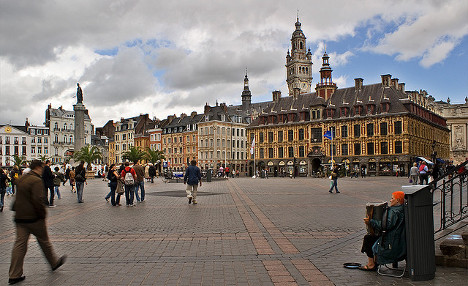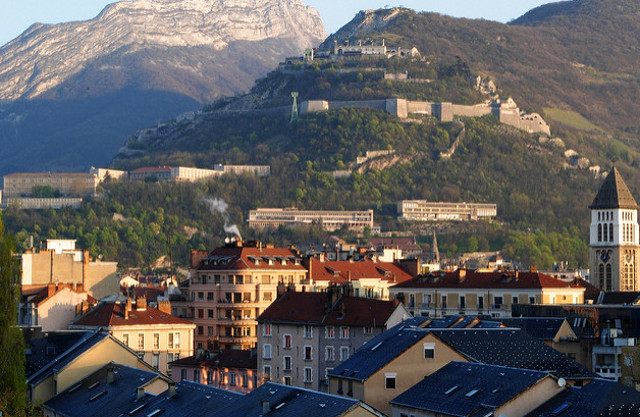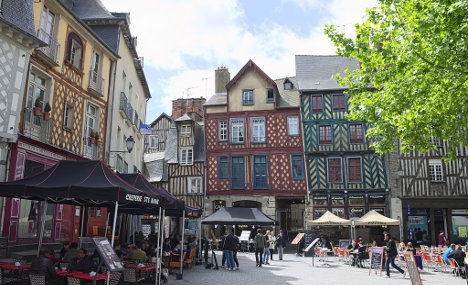
- Here's why Parisians want to move to Bordeaux
- 'Resilient' Paris now a more appealing city than New York
- New survey reveals another reason to move to Lyon


If you want a decent job and to buy a property without becoming bankrupt, then you should think about moving to some of France's smaller cities, a new study claims.



